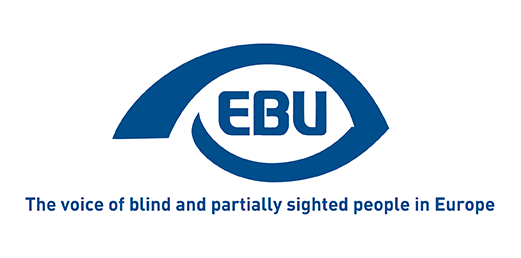PAsCAL Project focus group discussions – Action summary

The PAsCAL project (Enhance driver behaviour and Public Acceptance of Connected and Autonomous vehicLes) is co-funded by the European Union under the EU H2020 programme. The European Blind Union joined this project as it plans, amongst other things, to collect information on “visually impaired travellers and the connected transport environment”. In response to a call from the EBU at the end of 2020, the Italian Union of the Blind and Partially Sighted (UICI) committed to organising 4 Focus Group Discussion (FGD) meetings in Italy, in cooperation with Etelätär, PAsCAL pilot task leader.
The main objectives of FGDs were to
- gather VIP’s suggestions on the features that would enhance the accessibility of CAVs (Connected and Autonomous Vehicles) and the relevant technology, that is, systems that exploit digital functions to manage means of transport like cars, trains, metro, towards a more and more automated, driverless, safer transport, as well as
- identify VIP’s concerns about those technologies, sharing and discussing them.
FGD meetings also offered the precious opportunity to raise the awareness of blind and partially sighted people about CAV technology.
From June to July 2021 the UICI held PAsCAL FGD meetings in four cities, chosen for their developed urban and mobility structure, each of them showing distinct features: Bologna, Milan, Naples and Rome. In each city, the cooperation of local organisers was extremely helpful and experts supported the FGD facilitator in presenting the PAsCAL project and introducing CAV technology to participants. After the introductory part, participants were asked to fill in an online questionnaire that was made accessible thanks to the efforts of the EBU and the UICI. The replies to the questionnaire, analysed in real time by Etelätär’s staff, who attended the meeting from remote with the support of an interpreter, were used to formulate questions to participants and fed into the discussions. The meetings were very successful and a total of 51 blind and partially sighted persons, a number exceeding the original plan, attended them. The subject was felt of high interest by participants and the focus group structure made it easy for them to express their views, whether they had a technical background or not.
In general, CAV technology was felt very promising in terms of the enhancement of VIP’s independent mobility, but warnings were made about the fact that this technology should be part of a seamless system integrating other high-tech and low-tech indoor and outdoor navigation tools and O&M training to ensure that the objective is fully reached. Safety and the possibility to communicate and interact with the system were felt as the critical issues for the acceptance of this technology.
Click here to visit EBU's website or click here to directly read this newsletter.